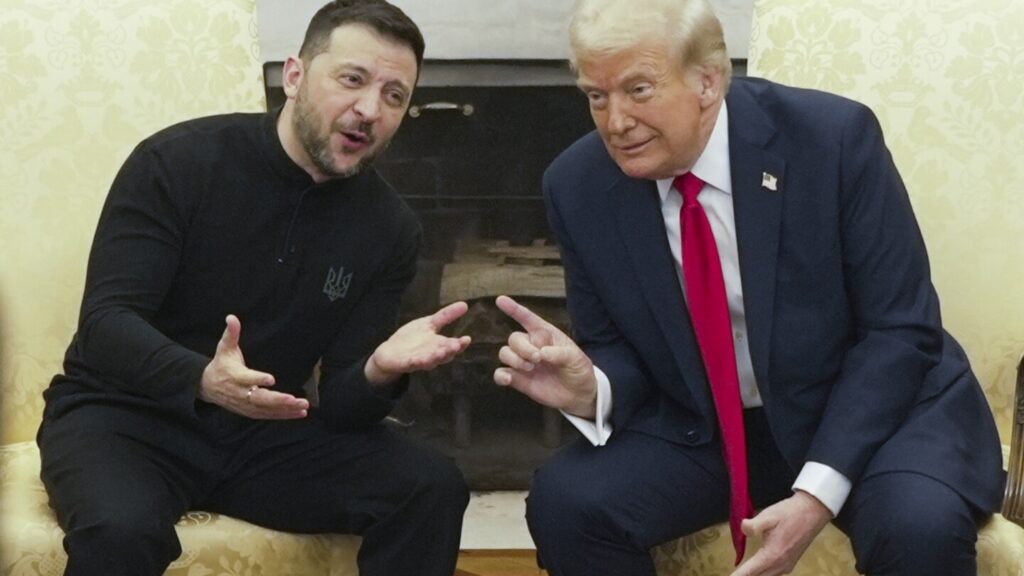Donald Trump’s evolving stance on resolving the Russia-Ukraine war has shifted from bold promises to cautious realism. Initially claiming he could end the conflict “in 24 hours,” Trump’s rhetoric has since become more measured as negotiations unfold. Despite his prior rapport with Putin and Zelenskyy, the complexities of governance have tempered his earlier assertions. Recent statements from Secretary of State Marco Rubio hint at a potential U.S. withdrawal from negotiations without tangible progress.
Since taking office, Trump’s engagement in peace talks has faced challenges. While expressing eagerness to broker a deal, his interactions with key stakeholders have been marked by friction. Trump’s insistence on a swift resolution clashed with the realities of the conflict, culminating in a temporary halt of military aid to pressure Zelenskyy.
In a notable shift, Trump has deemed his previous 24-hour promise as “sarcastic,” emphasizing a desire for successful resolution without fixed deadlines. Recent discussions with Putin and Zelenskyy underscore Trump’s ongoing efforts, albeit amid growing skepticism. As the U.S. administration contemplates its next steps, the possibility of moving on from peace negotiations looms, signaling a potential shift in priorities.
The dynamic nature of Trump’s approach to the Russia-Ukraine war reflects the challenges of diplomatic endeavors amidst entrenched conflicts. As key stakeholders navigate complex geopolitical terrain, the path towards a lasting peace remains uncertain, underscoring the intricate interplay of political rhetoric, negotiation strategies, and shifting realities on the ground.

